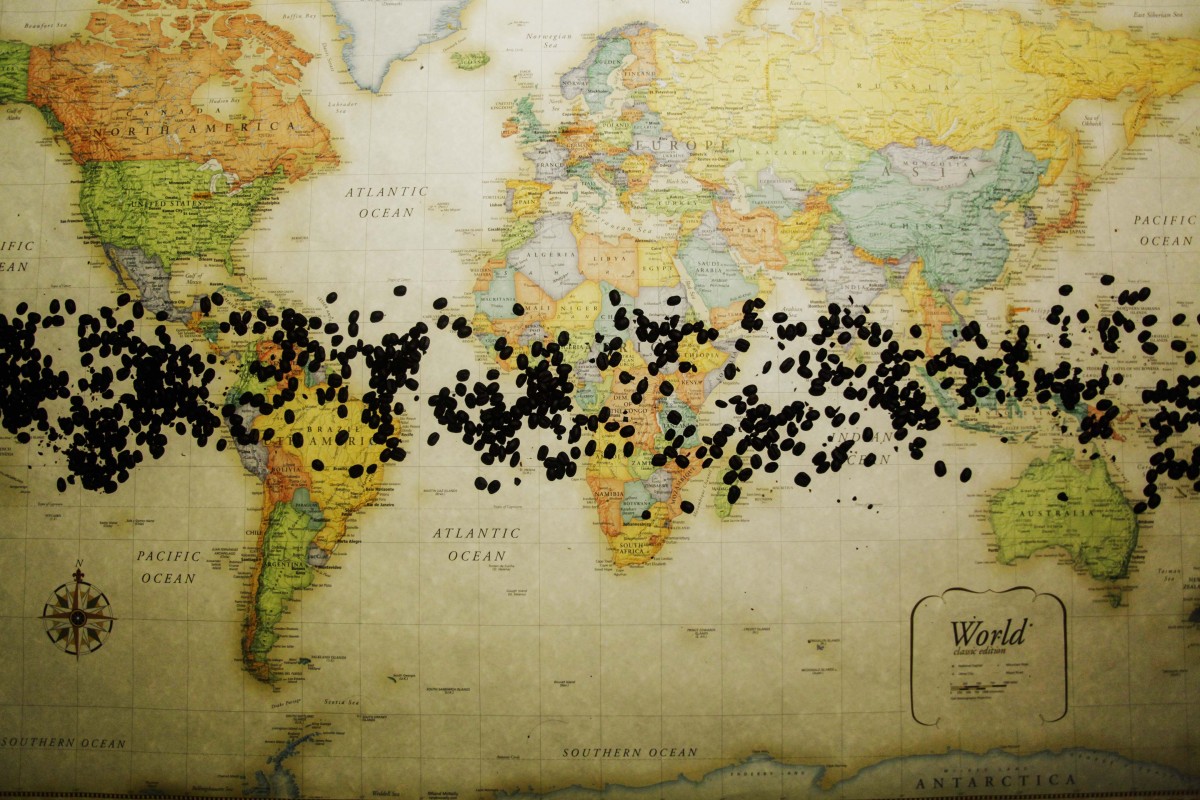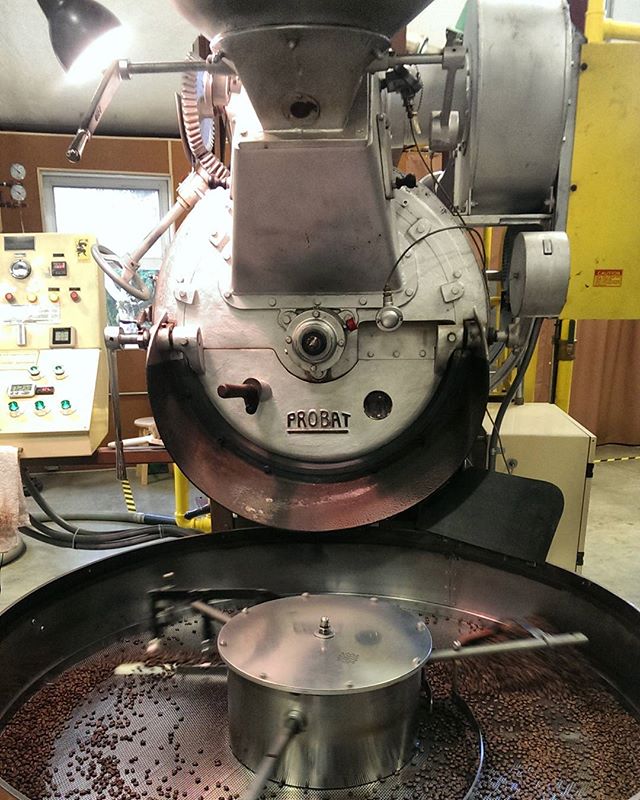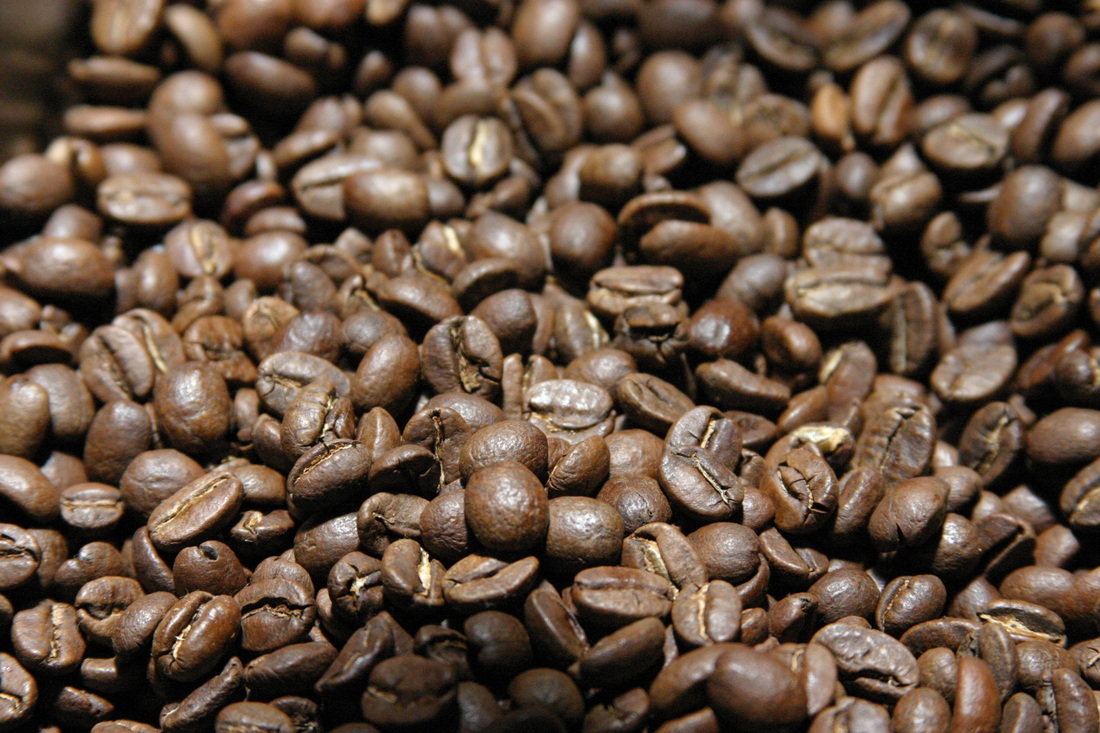Coffee marketing seems to be all about meeting consumers needs and wants. Country of origin, while less important to the overall taste than the varietal of the coffee plant, is often displayed in large font on the front of labels for coffee bags. According to Sam of Olympia Coffee Roasters, sumatra blend is considered a roasting defect but it is still widely produced and distributed due to it’s popularity among coffee drinkers. The Roasting process also plays a large part in developing flavor in the coffee bean but is usually in smaller font on labels. There seems to be an overall theme of “just give the customers what they understand or like” which I find odd. Educating your consumer to really understand the product you’re selling so they can appreciate it should be important as well. Why not make the bean varietal the largest text on a bag of coffee, spread an understanding of roasting styles by placing descriptions on packaging, and avoid catering to consumer’s ignorance just to make sales?
Some companies like Batdorf and Bronson are interested in spreading their coffee and shops to people throughout the country, they want their coffee to reach as many people as possible. While other businesses like Olympia Coffee Roasters try to provide high quality coffee beans and specialty coffee beverages to their local community in the hopes of securing a loyal fan base through superior flavor. The goals of a coffee company dictate whether they are 3rd, 2nd, or 1st wave coffee business. The first wave was focused on mass production, advertisement, packaging, and getting more people into drinking coffee. The second wave dealt with arabica beans taking the stage, the origins of beans becoming a business interest, and roasting styles being explored however there was a focus on branding, consistency, and expansion that not everyone enjoyed. This divide started the third wave which brought artisinal specialty coffee drinks produced at the highest possible quality by thoroughly experienced baristas, their overall goal being cup quality not expansion. Batdorf and Bronson was described to us by Sam Schroeder of Olympia Coffee Roasters as a second to third wave company while OCR is completely third wave in their business practices.



